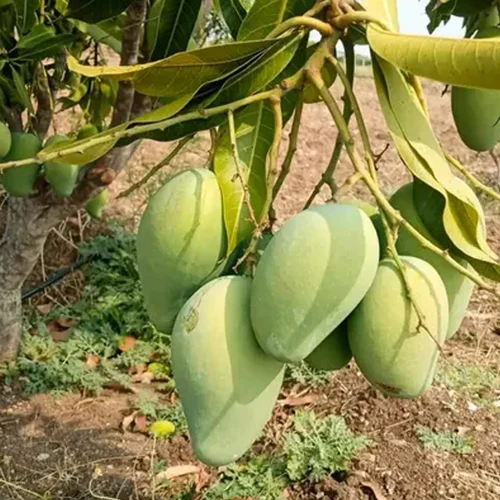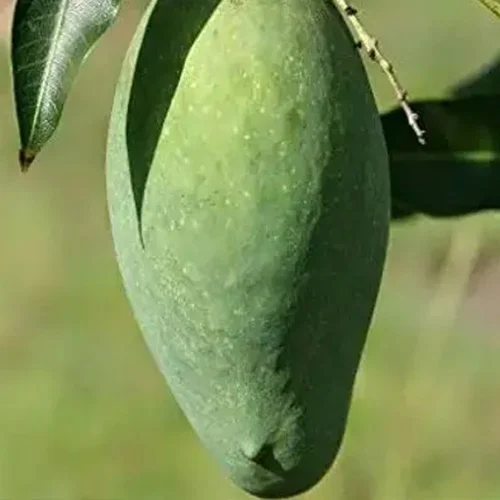Mallika Mango Grafted Sapling
₹120.0
Categorized within the scientific name Mangifera.
This fruit belongs to the Mango type.
It is ideally suited for outdoor cultivation and thrives with full sun exposure.
Displaying a lush green color, proper storage involves placing it in a cool and dry environment.
This specific variety is recognized as the Mallika Mango Grafted.
Mallika mango arises from the crossbreeding of the Neelum and Dasheri Indian mango varieties, culminating in the production of mango fruit of exceptional quality and devoid of fibers. The fruit’s character is defined by its prominent blend of citrus, melon, and honey notes, coupled with an extraordinary sweetness. Typically thriving in tropical to subtropical climates, Mallika mangoes might face challenges when cultivated in colder conditions, raising susceptibility to a condition known as malformation. This ailment is notably prevalent in mango species that experience temperatures ranging from 10 to 15 degrees Celsius, whereas its manifestation diminishes at temperatures exceeding 15 degrees Celsius.
Post-harvest, Mallika mangoes undergo transformations in both physical attributes and chemical composition. Approximately three days after being harvested, the skin transitions into a reddish-yellow hue due to heightened carotenoid content and chlorophyll degradation. On the third day, the mango exhibits its highest acidity levels and the firmest texture, although these traits subside significantly thereafter. By the fifth day post-harvest, the mango reaches its maximum weight, yet its size diminishes considerably by the seventh day.
You must be logged in to post a review.
Q & A
Tree saplings play a crucial role in maintaining environmental sustainability through various mechanisms and benefits. Here are 10 points that highlight their sustainability:
Tree saplings actively absorb carbon dioxide from the atmosphere during photosynthesis, helping to mitigate the effects of climate change by reducing greenhouse gas concentrations.
Through photosynthesis, tree saplings release oxygen into the air while absorbing pollutants like nitrogen dioxide, sulfur dioxide, and particulate matter, thus improving air quality.
Tree saplings contribute significantly to environmental sustainability by aiding in carbon sequestration, supporting biodiversity, preventing soil erosion, regulating water cycles, improving air quality, creating microclimates, conserving resources, promoting nutrient cycling, offering medicinal and economic value, and representing a long-term investment in a healthier planet.
General Inquiries
There are no inquiries yet.





Reviews
There are no reviews yet.